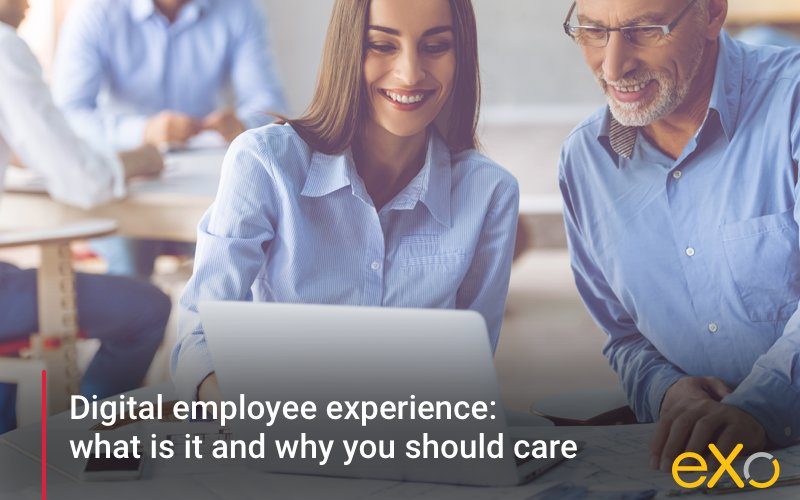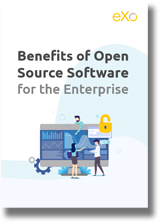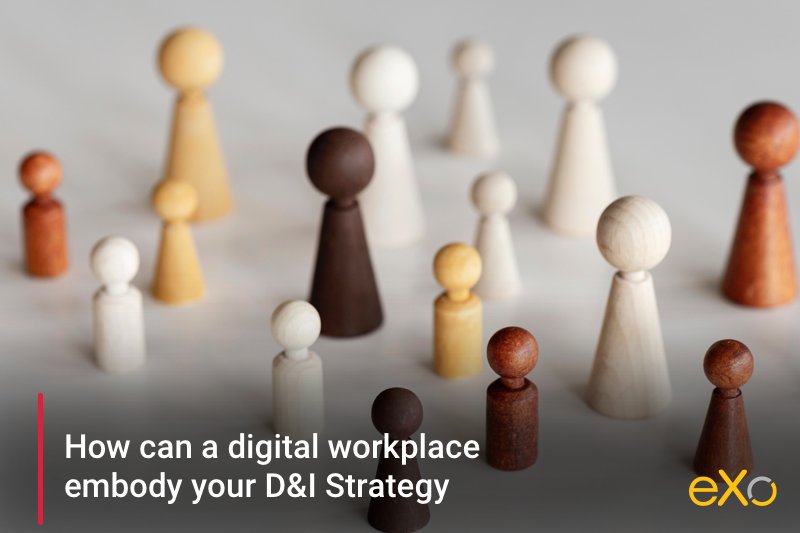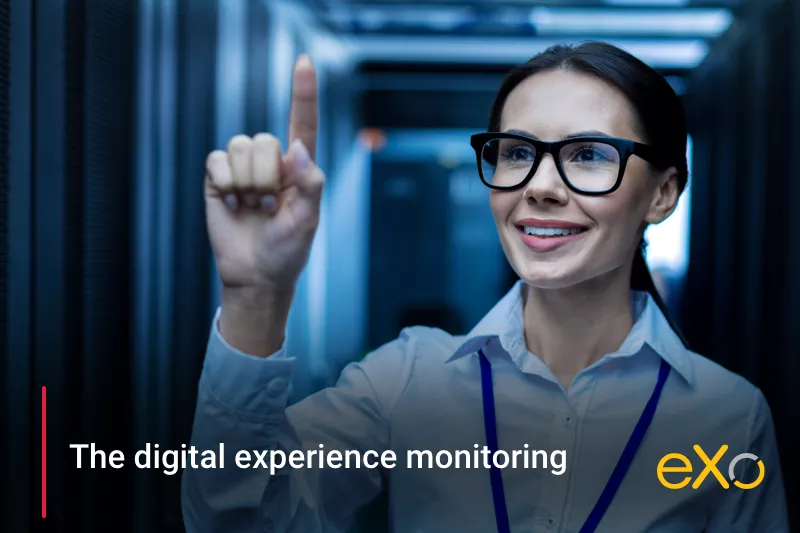- Fares Laroui
- May 26, 2021
What is the digital employee experience (DEX) and why you should care

Content
Investment in enterprise technologies has gone up in the last couple of years and is expected to grow by 4% to amount to $ 3.8 Trillion in 2021 according to Gartner. To effectively face the pandemic and modernize their operations, IT teams carefully map their digital environments by selecting and implementing solutions tailored to their employees’ needs. In truth, If it wasn’t for the wide variety of technologies available today such as digital workplace solutions, messaging apps, video conferencing platforms, and other time-saving tools like an ATS resume builder, among others, it would have been extremely challenging for businesses to guarantee their continuity and for people to keep their jobs.

FREE WHITE PAPER
for the Enterprise
1. What is the digital employee experience (DEX) ?
The success of any digital initiative is directly correlated with employees and their experiences using the software at hand. This is why we have seen many businesses take a user centric approach when trying to introduce new technologies to the workplace. It is not about introducing the best technologies, it is more about having the best experiences. .
According to the same salesforce report, 78% of IT leaders stated that projects directly related to enhancing the digital employee experience have become a top priority for their businesses. And for a good reason. Establishing a healthy digital employee experience brings its fair share of benefits including high employee engagement and satisfaction levels, lower turnover rates, enhanced processes and an overall better business results.
2. What is the difference between DEX and EX?
3. Why is DEX important for your business?
Engage your workforce
Attract and retain talents
Streamline the digital onboarding process
Improve productivity and business growth
Having the right technologies in place to assist employees in their day-to-day operations obviously helps in tackling these issues and guaranteeing high levels of productivity and eventual business growth. Additionally, you can use invoicing software to help you create and manage invoices. With this software, you can also save time, increase accuracy and efficiency, improve cashflow, manage your relationships and improve reporting. For instance, starting using invoice and cashflow management tools that help you streamline your company’s accounts payable process to contractors and employees. This way, each time you receive an invoice, you can quickly add it to the tool. Not only that but with all that software in place, it will be easier for you to form a progress invoicing strategy. You’ll benefit from this strategy if you work as, say, a contractor or a freelancer.
Enhance the customer experience (CX)
with eXo Platform
FAQs
What is a digital workplace?
A digital workplace is a next generation of intranet solutions or intranet 2.0 that is based on three pillars: communication, collaboration and information. In a way this definition is true but it doesn’t cover the whole spectrum of the term. Here are some definitions of digital workplace:
- An evolution of the intranet
- A user centric digital experience
What is the digital employee experience (DEX)?
In its simplest form, DEX examines how an employee interacts with his/her digital environment as a whole (whether within the office environment or while working from home) and -more precisely- how they feel about it.
The rise of DEX and the increased interest it has gathered lately is mainly due to the multitude of technologies employees have at their disposal and the tech savvy nature of new generations who expect the latest tech in the workplace.
➝ See the full definition of digital employee experience (DEX)
What is the difference between DEX and EX?
To figure out the difference between the employee digital experience (DEX) and the employee experience (EX), we would have to first define the employee experience as a general concept.
The employee experience (EX) simply examines how employees perceive their journey within a particular company. Typically, the employee journey (or the employee lifecycle) starts from the moment an individual applies for a job all the way to the day he/she leaves the company.
Why is DEX important for your business?
Here are some reasons why your organizations Need To Focus On digital employee experience (DEX):
- Engage your workforce
- Attract and retain talents
- Streamline the digital onboarding process
- Improve productivity and business growth
- Enhance the customer experience (CX)
➝ Discover why employee digital experience is important for your business.
What are the digital workplace benefits?
Here are some of the benefits of digital workplace solutions:
- Create a robust corporate culture
- Eliminate communication silos
- Enhance the onboarding process
- Boost productivity and performance
- Centralize access to business apps
- Increase revenue while reducing IT and operational costs
- Facilitate knowledge sharing and the exchange of expertise
- Facilitate remote working
- Engage and reward teams
- Turn employees into brand ambassadors
Related posts
- All
- eXo
- Digital workplace
- Employee engagement
- Open source
- Future of work
- Internal communication
- Collaboration
- News
- intranet
- workplace
- Knowledge management
- Employee experience
- Employee productivity
- onboarding
- Employee recognition
- Change management
- Cartoon
- Digital transformation
- Infographic
- Remote work
- Industry trends
- Product News
- Thought leadership
- Tips & Tricks
- Tutorial
- Uncategorized
Leave a Reply
( Your e-mail address will not be published)


